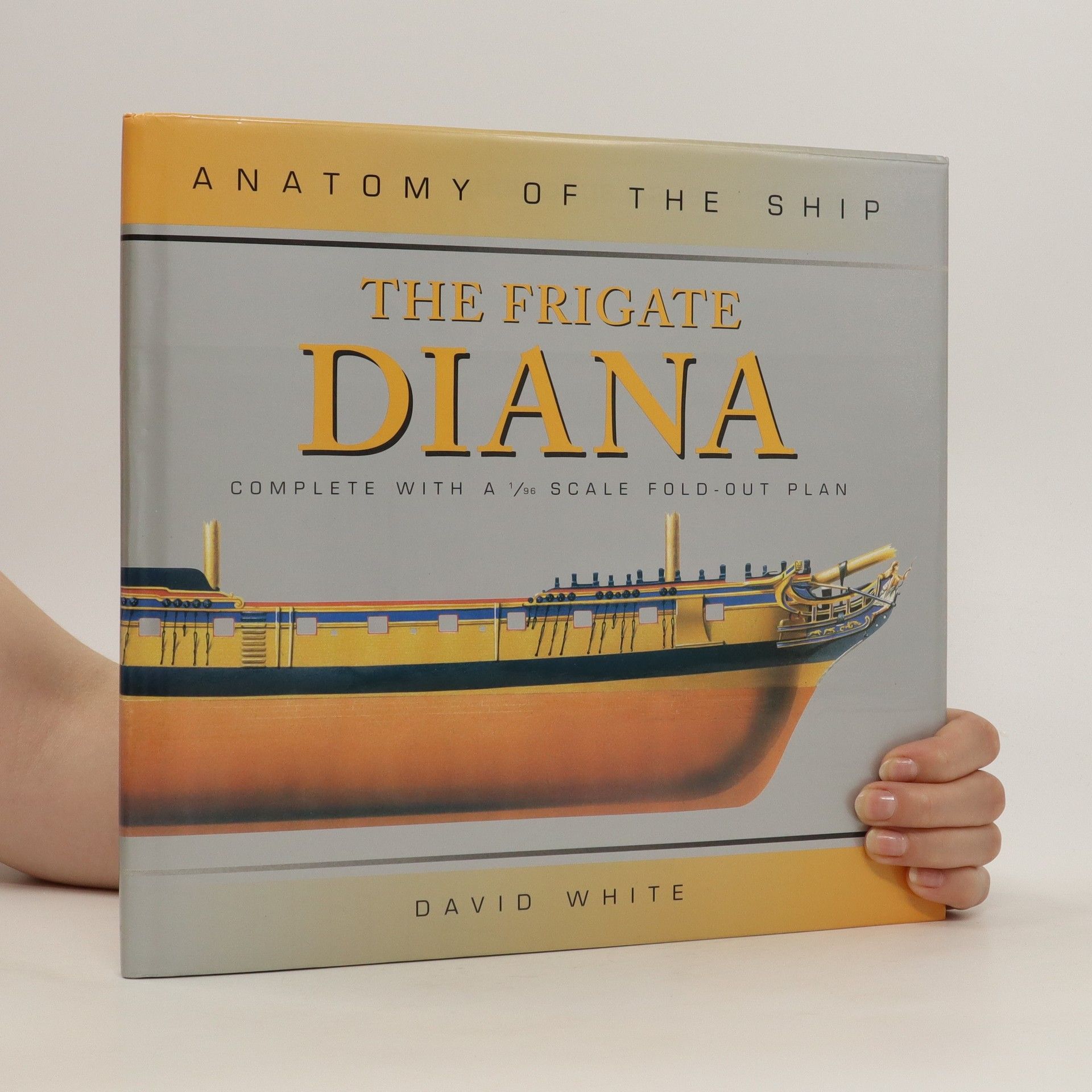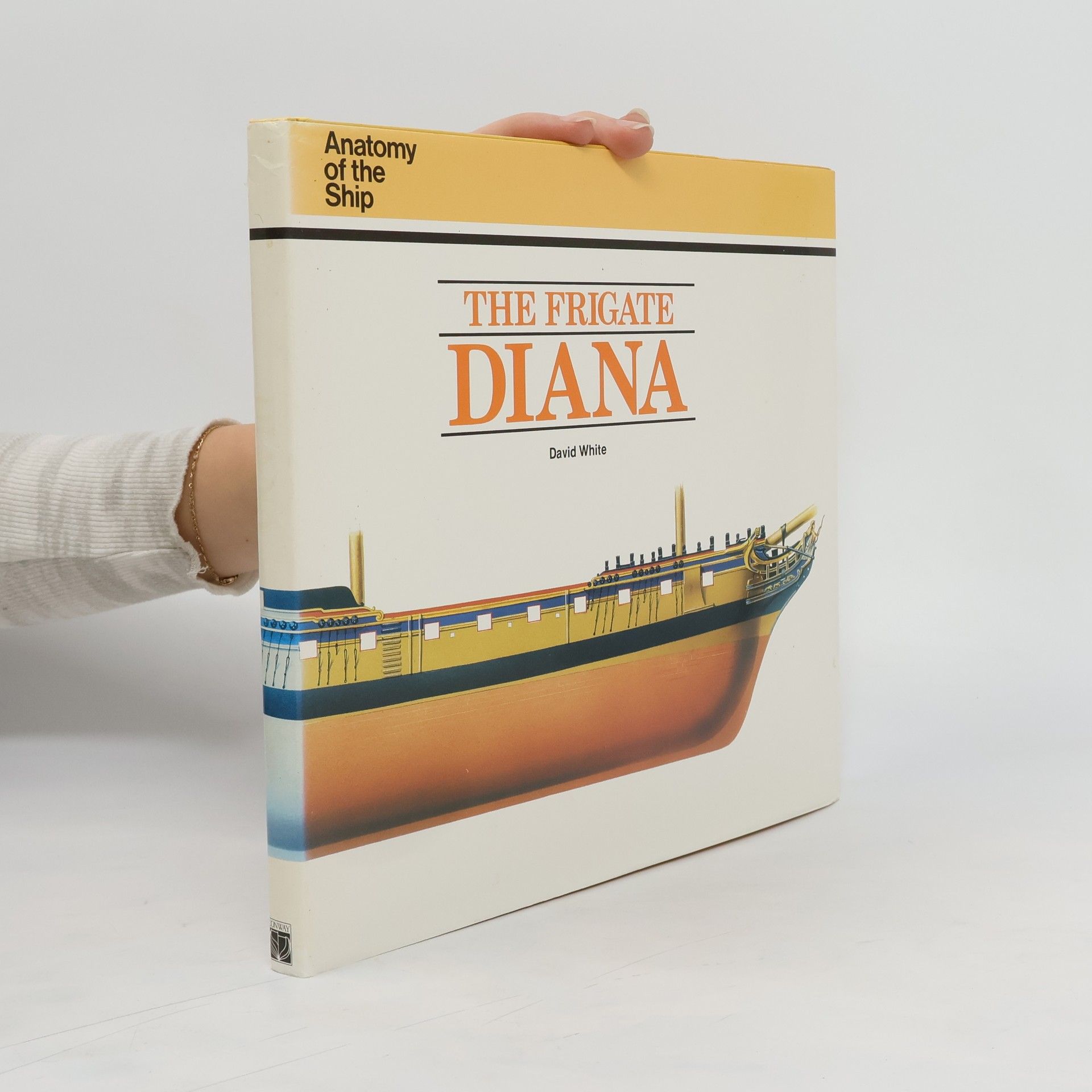The eighteenth century equivalent of the cruiser, the frigate was used for a wide variety of roles from fleet reconnaissance to patrolling sea lanes. Built in 1793, Diana was a typical British frigate of the period, whose long and active career spanned virtually all of the French Revolutionary and Napoleonic Wars. In 1815 she was sold to the Dutch navy, which she continued to serve until destroyed by an accidental fire in 1839. First published in 1987, this popular volume includes a new large-scale plan of the ship on the reverse of the extended fold-out jacket and over 100 perspective and three-dimensional drawings accompanied by in-depth descriptive keys and photos. Both accurate and impressively detailed, this volume is an essential reference for age of sail enthusiasts and modelers alike. 24 photographs. 300 line drawings.101/2 x 91/2 inches.
Anatomie des Schiffes Reihe
Diese Reihe bietet umfassende Einblicke in Design und Konstruktion einzelner Schiffe. Jeder Band widmet sich detailliert einem bestimmten Schiff und enthüllt dessen technische Feinheiten und historische Bedeutung. Sie spricht sowohl Marine-Enthusiasten als auch Geschichtsinteressierte an und ermöglicht einen tiefen Einblick in maritime Ingenieurskunst und Geschichte. Leser werden die Tiefe und Präzision schätzen, die jedem Thema gewidmet ist.




The Anatomy of the Ship series provides documentation of individual ships and ship types, accompanied by line drawings with descriptive keys, technical details and a record of the ship's service history. The frigate Diana, built in 1793, is typical of many that fought in the Napoleonic Wars.
The Flower class corvette was one of the most famous and numerous of all escort vessels, and the corvette Agassiz is the most representative of the Canadian Flowers, which were thrown into the thick of the bitter Atlantic convoy battles of 1941–2. Derived from a whalecatcher hull design, and intended as a cheap coastal escort that could be built by non-specialist yards, the Flowers were the only class available in large numbers when the submarine war flared up in earnest in 1941. As a result they were used on rigorous ocean convoy duties for which they were barely adequate, and their crews suffered greatly in one of the harshest arenas of the second world war.As part of the renowned Anatomy of the Ship series, this book provides the finest documentation of the Agassiz, with a complete set of superb line drawings, supported by technical details and a record of the ship's service history. This is a superb description of the ship and her career.